Listed below are selected teacher resources related to literature circles. Note that “literature circles,” “book clubs,” and “reading groups” are sometimes used synonymously; if you are searching for additional materials, you may wish to use those terms as well.
Teacher Resources
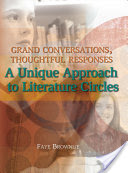 Grand conversations, thoughtful responses: A unique approach to literature circles
Grand conversations, thoughtful responses: A unique approach to literature circles
by Faye Brownlie (eBook)
Grades: 6-9
In Brownlie’s approach to Literature Circles, no roles are used and no limits are set on the amount students read. Students choose their books from an appropriate pre-arranged set, engage in meaningful conversations about their books with their peers, keep response journals, and work biweekly on a whole-class comprehension strategy.
 Literature circles: The way to go and how to get there,
Literature circles: The way to go and how to get there,
by Brooke Morris and Deborah Perlenfein
Includes detailed strategies for implementing, managing, organizing, and assessing literature circles.
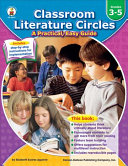 Classroom literature circles: A practical, easy guide, grades 3-5
Classroom literature circles: A practical, easy guide, grades 3-5
by Elizabeth Suarez Aguerre
Grades: 3-5
This book features tips for setting up groups, choosing literature, finding enough books, and teaching students how to be active participants in the literature circle process. It also includes reproducible role sheets which are adjusted for different learning levels, as well as advice about literature circles and classroom management.
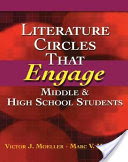 Literature circles that engage middle and high school students
Literature circles that engage middle and high school students
by Victor J. Moeller and Marc V. Moeller
Grades: 7-12
This book demonstrates how to prepare your students to lead their own active, focused discussion in small groups, including reading actively for comprehension; interpreting and evaluating texts; asking good questions; and leading discussion groups.
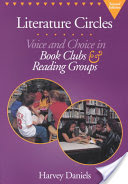 Literature circles: voice and choice in book clubs and reading groups
Literature circles: voice and choice in book clubs and reading groups
by Harvey Daniels
Grades: K-12
This book provides strategies, structures, tools, and stories for teachers to launch and manage literature circles effectively. Includes four different models for preparing students for literature circles;dozens of variations on the basic version of student-led bookclubs; models and procedures for primary, intermediate, and high school grades; and ideas for using literature circles with nonfiction texts across the curriculum.
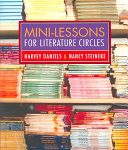 Mini-lessons for literature circles
Mini-lessons for literature circles
by Harvey Daniels and Nancy Steineke
Grades: 6-12
Each of these forty-five short, focused, and practical mini-lessons includes actual classroom language, and is formatted to help teachers with managing time and materials, giving answers to students, and avoiding predictable problems.
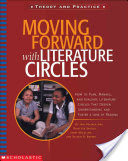 Moving forward with literature circles: how to plan, manage, and evaluate literature circles that deepen understanding and foster a love of reading
Moving forward with literature circles: how to plan, manage, and evaluate literature circles that deepen understanding and foster a love of reading
by Jeni Pollack Day et al.
Grades: K-6
This guide to managing literature circles includes guidelines, mini-lessons, booklists, checklists, and discussion suggestions.
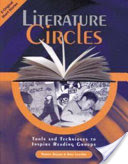 Literature circles: Tools and techniques to inspire reading groups
Literature circles: Tools and techniques to inspire reading groups
by Warren Rogers and Dave Leochko
Grades: 5-8
This book guides teachers in developing and maintaining literature circles in their intermediate classrooms. Features in the book are: six original, reproducible short stories; theory and practice of literature circles; easy-to-use handouts for role definitions; mini-lessons to help teach communication skills and to help groups work effectively; and more.
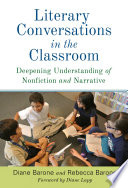 Literary conversations in the classroom: Deepening understanding of nonfiction and narrative
Literary conversations in the classroom: Deepening understanding of nonfiction and narrative
by Diane Barone and Rebecca Barone
Grades: 3-8
This book demonstrates how high-level conversations centered on fiction and nonfiction can promote students’ understanding. The authors explore how to use literary conversations in small, heterogeneous groups to address multiple expectations within classrooms, such as close reading, vocabulary, background knowledge, literal and inferential comprehension, and responses to multimodal interpretation, nonfiction text features, and graphic organizers.
Finding More Resources
To find more resources in this area, try the following:
- Search using the General tab on the UBC Library website to look for material in all UBC Library branches.
- Search using “Search Education Resources” box in the left hand bar on the Education Library website to limit your results to physical materials in the Education Library.
- Use specific search terms, such as “literature circle” or “literature–study and teaching”.
- To find lesson plans, include “lesson plans”, “lesson planning”, or “activity programs” in your search terms.
For more help with searching, please visit the Library Service Desk or e-mail ed.lib@ubc.ca.
